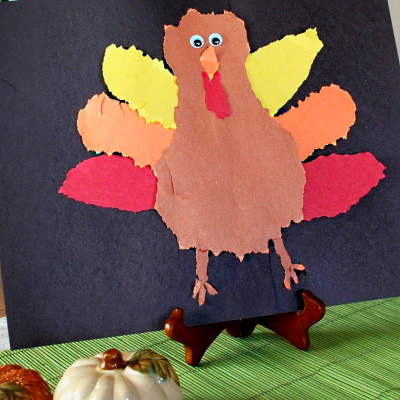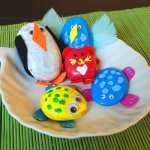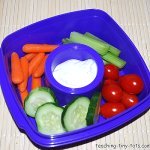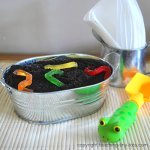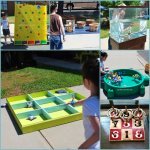Turkey Craft
Description
Construction paper and glue is all you need to make this turkey craft! One of my favorite Thanksgiving activities that I did in Kindergarten as well as well as with fourth graders. It's great to see the variations because no scissors are allowed. What is really interesting is it is so hard for 4th graders not to use a scissors.
Materials for the Turkey Craft
- Construction Paper: (suggested colors) Brown for the Body, Head and Feet
- Red, Yellow and Orange for the Feathers, Beak and Wattle
- White or Black for the background
- Pencil
- White school glue or glue stick.
- Simple picture of a turkey or print out a coloring page of one.
- Wiggly Eyes
Steps
- Find a picture of a turkey. Talk about the different parts of the turkey, the head and body, feathers, feet, etc. Having a picture for children to see makes it much easier for children to create their turkey.
- Explain the colors for each part of the turkey craft or let them be creative.
- Using the pencil trace an outline of the turkey body, a figure 8 shape works well. Draw feathers.
- Show your child how to tear using small tears, working your way slowly around the line.
- Tear out the body and the feathers. With the scraps shape feet and beak.
- Select a background sheet of construction paper and put glue in the center of the turkey. and press onto the paper.
- Place a drop of glue on either side of the feather at the base and tuck under the body. Show them the difference between gluing the feather under the body versus gluing on top.
- Glue on feet, beak, waddle and eyes
Tips and Suggestions
- Make sure to leave extra space around each item to be torn. It is hard to tear if you cut out the pieces close to the drawn line.
- Remind your child it does NOT need to be perfect. If you have a feather to show the children, let them see it to show how a feather separates. Explain how little tears only makes it look more like a real feather.
- For younger children, do a few pieces at a time and take a break. They may want to use their scissors but encourage them to create their turkey by tearing.
- Arrange feathers in order before gluing.
- A front view of a turkey seemed easier than a side view for this toddler activity.
Older Children
This turkey crafts is great for older children too!
When I was teaching elementary school, a co-worker and I would display all the turkeys made on our classroom doors. By this time of year we got to know
the children very well and we could often pick out who made which turkey just by looking at them. You could almost see personality traits just in the tearing and
placement of the feathers and turkey body. Neat evenly torn feathers arranged in a pattern vs. various sized feathers in random order.
Detail oriented children often like adding a top hat or curling the feathers
with a pencil or making extra tears in the feather to be more realistic. It was interesting to see who tucked the feathers neatly under the body
and who glued the feathers glued on top.
- Let them draw their own turkey on the construction paper. They may choose to do a side view instead.
- Let them select what colors to use, how many feathers, and other details.
- Print out some of the turkey facts below and have children select their favorite to write on their picture (use white construction paper for the background)
Turkey Facts
- The turkey is one of the most famous birds in North America. In fact, Benjamin Franklin wanted to make the wild turkey, not the Bald Eagle,
the national bird of the United States
- The wild turkey we often see in photos or pictures is not the same as the domestic turkey that we serve at Thanksgiving.
- Domestic or tame turkeys weigh twice what a wild turkey does and are raised on farms.
- Most domestic turkeys are so heavy they are unable to fly. Wild turkeys, however, can fly for short distances at speeds up to 55 miles per hour.
They can also reach speeds of 25 miles per hour on the ground.
- Turkeys have great hearing, but no external ears. They can also see in color, and have excellent visual acuity and a wide field of vision,
which makes sneaking up on them difficult.
- Turkeys have a poor sense of smell, but an excellent sense of taste.
- After the female turkey mates, she prepares a nest under a bush in the woods and lays her tan and speckled brown eggs.
She incubates as many as 18 eggs at a time. It takes about a month for the chicks to hatch.
